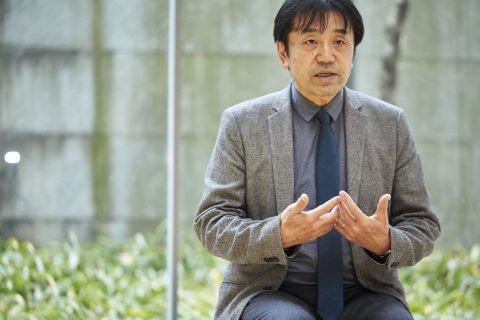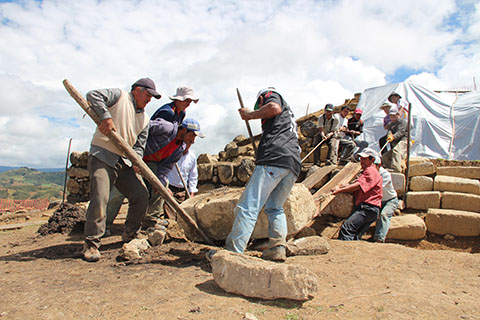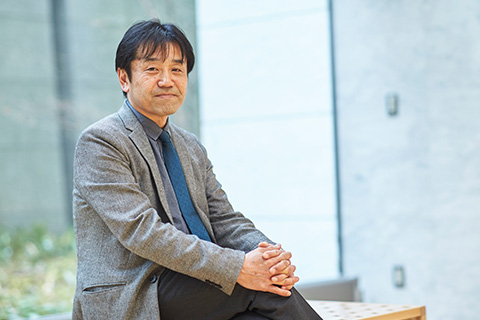
Column文化遺産コラム
There are always new discoveries to be made in research on ancient ruins. In South America, it is still getting more interesting all the time!
30.01.2019
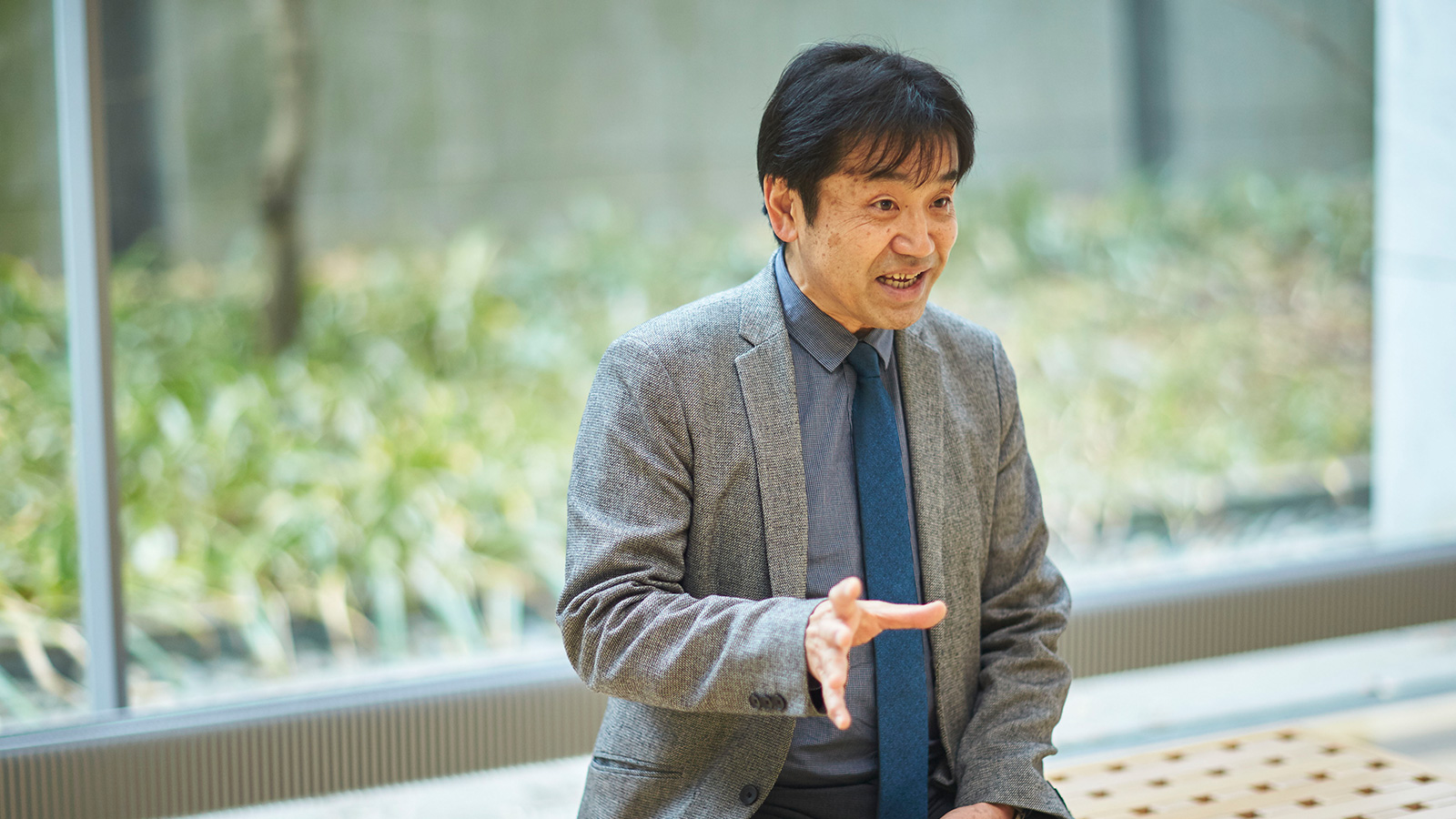
Interviewee Yuji Seki
Deputy Director-General Professor, Department of Modern Society and Civilization National Museum of Ethnology, Japan (Minpaku)
Deputy Chair, Japan Consortium for International Cooperation in Cultural Heritage (JCIC-Heritage)
Specialist in Andean archaeology and cultural anthropology. He became actively involved in the preservation and development of cultural heritage while conducting archaeological excavations in ceremonial centers in the northern highlands of Peru since 1979 to study the formation of Andean Civilization.
The key point!
There are many kinds of cultural assets
When you mention cultural assets, most people probably think of ancient archaeological ruins. However, today, the concept of cultural assets tends to be extremely broad, not only describing tangible assets such as ancient ruins, but also the intangible elements of traditional cultures such as ceremonies and festivals.
Geographically speaking, my special area is Central and South America, and my research covers a combination of archaeology, history and architectural history. We study the cosmology of ancient people and formation of societies through excavating and investigating archaeological sites. In more concrete terms, we clarify and compare the formation of different societies in different regions and civilizations by considering such points as how civilizations are formed in the first place, how leaders emerge, and how elite strata of society are formed.
About JCIC-Heritage
A rare and unique organization in the world
The Japan Consortium for International Cooperation in Cultural Heritage (“JCIC-Heritage”) is an extremely unique organization that you wouldn’t come across anywhere else in the world. Driven by a mission to contribute to a peaceful international society, JCIC-Heritage encourages the government and specialists to work together to proactively research and protect global cultural assets. I think it is the only organization of its kind in the world. JCIC-Heritage’s activities are extremely progressive because they are driven by a desire to ultimately encourage a deeper consideration of cultural assets by local residents themselves, and help local residents protect and preserve their own heritage.
We need systems that go beyond the realm of pure academic research in order to offer “soft support” such as training local experts and sometimes helping shape legislation and providing venues for discussion. JCIC-Heritage offers that very backup support to each and every specialist.
Childhood experiences
Man’yoshu ancient Japanese poetry collection sparked South America study?
Would you be surprised to hear that it was the study of the Man’yoshu ancient Japanese poetry collection that led me into archaeological research of the South American Andes? From an early age, I loved researching things. I even wanted to be an entomologist, and then an astronomer. I was born and brought up in Tokyo, so I traveled around Kyoto and Asuka, Nara when I was a junior high student. I was just fascinated by old buildings and customs. At university, I met Professor Koji Inaoka, the leading authority on Man’yoshu research. He advocated the theory that the written representation of the Man’yogana ancient phonetic syllabary in Kakinomoto no Hitomaro poems was clearly different depending on whether he was writing as an individual, or as a representative of a group. That sparked my interest in ancient Japanese history and mythology, and I began some comparative research of Japanese mythology and Mongolian heroic epic poetry. I have trouble coming up with specific childhood memories, because all I remember was my strong desire to always be studying something.
Current research
Even after 40 years, the Andes still has many interesting facets
-
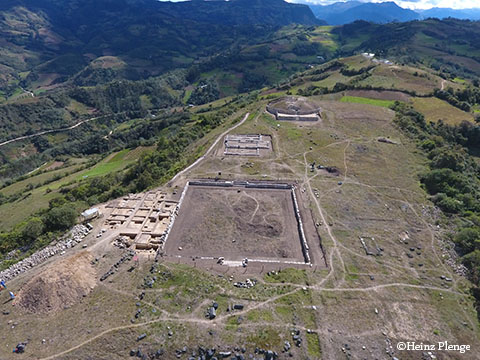
have been destiny that brought us together.
I became involved in Andes research after my teacher Dr. Kazuo Terada said he was sending an archaeological mission to the Andes and invited me to go along and observe without any specific responsibility. At the time, I imagined snow-covered mountains and myself skiing down them. It was only later that I realized the Andes mountains were far too steep for skiing! I hadn’t yet been on a proper international trip, so I agreed to go. You have to remember that, back then, it was rare to even travel overseas, let alone take part in an overseas fieldwork. Today, forty years on, I am still studying the Andes, and I never tire of it. In fact, it is getting more and more interesting all the time. It must
Your crowning cultural heritage!
Pacopampa discovery completes triangular cultural perspective!
If I had to pick one single heritage, it would be one that I have unearthed myself. Pacopampa is probably the crowning heritage of my career. Pacopampa is an old temple from early Andean civilization. We discovered a tomb in 2015 dating back to about 650 BC in which the bodies of two leading priests appeared to be buried. The bodies were buried with an effigy bottle shaped in a jaguar’s head and a snake’s body, and gold necklaces that are thought to be the oldest on the North and South American continent. We also found the tomb of a powerful women wearing gold accessories from approximately 700 BC known as the “Lady of Pacopampa” in the central part of the site. The findings were big news.
I am always reminded of something I learned from the works of cultural anthropologist Dr. Junzo Kawada, namely the need to “view culture from a triangular perspective.” We had been able to build cultural logic by comparing the two great archaeological sites of Huacaloma and Kuntur Wasi, but, thanks to the Pacopampa discoveries, I felt we were at last able to complete the triangle of cultural analysis.
What’s new in cultural assets!
Nasca geoglyph research takes off at last!
I am sure you have all heard of the Nasca geoglyph, but research is not as far along on this as its notoriety might suggest. However, recent research in that area has made great strides thanks to a joint survey between local experts and a team from Yamagata University led by Professor Masato Sakai, who is also a member of JCIC-Heritage. The Nasca survey has been thrust into the spotlight because of the discovery of new geoglyphs and the clarification of various elements, but also because the sites have deep links with Japan.
Nasca is on the south coast of Peru but excavation research on the north coast of Peru by the Peruvians themselves is also picking up steam. That is due largely to the fact that much of the tourist attention has focused on Cusco and Machu Picchu in the south, and so the government wanted to create more dispersed interest by promoting more development in the north. In addition, thanks to its natural resources, Peru is becoming increasingly powerful as a nation, and is now able to conduct its own research.
Most important thing right now
Dealing with closer links between cultural assets and tourism
On the other hand, discoveries and excavations indeveloping countries sites directly linked with tourism and a desire to encourage economic activity. That can result in problems such as the forced removal of local residents, or the threatening of local neighborhoods to accommodate growing numbers of tourists. That’s why Japanese researchers have always tried to consider the excavation and preservation of ancient sites and remains from the local people’s perspective. This stems from a firm belief that you can’t research or preserve cultural assets if you don’t understand the characteristics and historical perspective of local societies, and the level of awareness of cultural assets among local people.
As is the case with cultural heritage research in Peru and other parts of South America, I guess you could say that now, more than ever, is the time for JCIC-Heritage to energize its pool of “soft support” joint cooperation.


